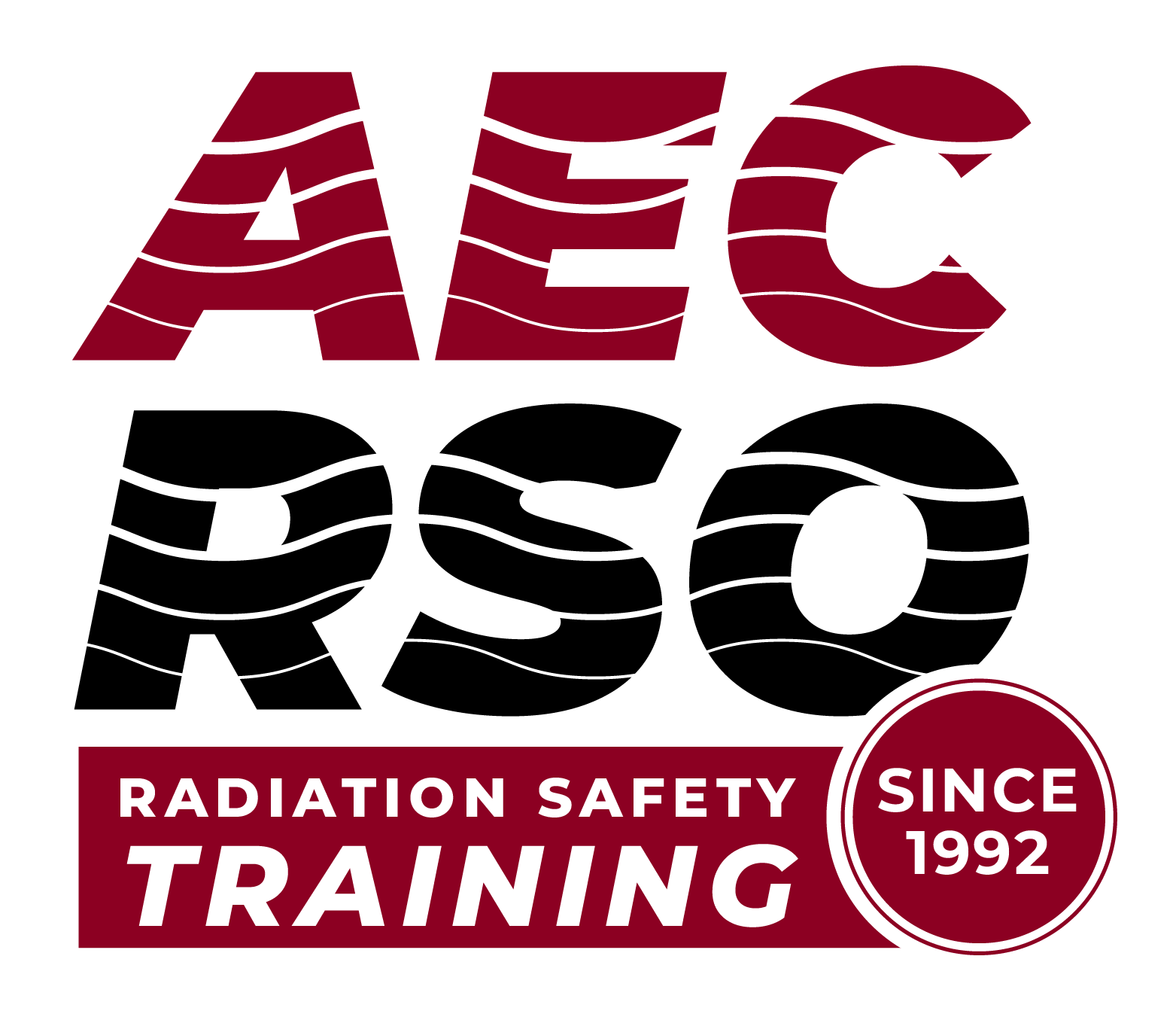TOPIC 2: Portable Gauges
Let’s explore portable gauges.
—
There are a handful of PORTABLE GAUGES
- There are Soil density gauges,
- Moisture density gauges, and
- A Combination soil/moisture density gauges
—
Gauges can be moved in a pickup truck from one location to another and can easily be handled by one person.
The gauge on the left has a probe mounted in the bottom of the source holder. When the handle pushes down, the shutter opens and the probe enters into a hole. The radioactive materials include Cs-137 and Am-241/Beryllium or an AmBe Source. The source housing has a detector that measures gammas from the Cs-137 to measure the density and the AmBe source, which generates neutrons, to measure the moisture content in the soil.
Both of these are necessary when creating a road bed to know if sufficient density and sufficient moisture is present before the next layer of road surface is applied.
—
Portable gauges have additional CONCERNS:
- Security (Units can be stolen from USDOT trucks thinking they are of value only to find that they can’t be pawned off. So, they are discarded). So, when not in use, security requires at least two locks between the PUBLIC and the unit.
- Another concern are Temporary jobsites. The radioactive materials license must state the location of use.
- Inventory/leak tests are performed more frequently. Usually, taking inventory and performing leak tests are required at 6 month intervals.
- Another concern is Maintaining ALARA in a non-secured area (When being used where non-radiation workers are located, the Authorized User needs to keep an invisible boundary of the use area and keep the non-radiation worker from handling the gauge)
- Authorized Users must be USDOT HAZMAT trained. Since the Authorized User (AU) is the worker using the device, they need to travel to the TEMPORARY jobsite. Since this is on or across a public highway, the Authorized User must be USDOT HAZMAT trained.
—
ADDITIONAL requirements include:
- A logbook having the Operating & Emergency procedures, the list of approved Authorized Users with training certificates and a check out/check in log sheet.
- The Operating and Emergency procedures include WHO can operate, WHERE can it be used, WHAT is the purpose and HOW to use it.
- Authorized User training is typically 8-hours and required to operate a portable gauge.
- USDOT HAZMAT training is required for transporting gauge to TEMPORARY jobsite. (USDOT HAZMAT 49 CFR, Subpart H requires refresher training every three years).
—
REMEMBER ALARA
It ensures any dose received is as low as reasonably achievable.
—
Gauges and Common Sense
- When approaching a gauge always assume the shutter is open (Remember, higher radiation is from an unshielded source – which usually means the shutter is open)
- A closed shutter should be secured with a lock (For a shutter to be DECLARED closed, it must be secured with a LOCK, not a zip tie)
- Gauges should be chained or cabled to discourage removal (For gauges installed in non-secured areas or remote locations…remember the two lock rule…at least two locks between the source holder and the public to prevent removal)
- Use a portable radiation meter and personnel badges (When working around gauges, be familiar with your survey meter and know your radiation levels. If the gauge has relatively high radiation levels, it is necessary to use a personnel badge or work under a Radiation Work Permit)
—
Gauges and Time
- Do not loiter near gauges
- The time spent in a radiation field is directly proportional to dose
- Moving or replacing gauges must be planned in advance with the RSO
—
Gauges and Distance
- Gamma Radiation follows the Inverse Square Law.
- When moving or replacing gauges place the Source Holder at a reasonable distance from the Main Work Area until needed.
—
Gauges and Shielding
- The source holder is usually ductile iron filled with Lead.
- The shutter is used to open or block the Radiation Beam Path.
- Objects between you and the beam give some attenuation.
- Air, Pipes, Tanks, etc.
